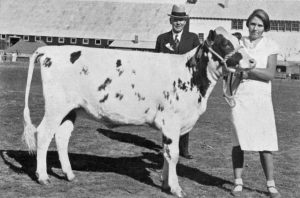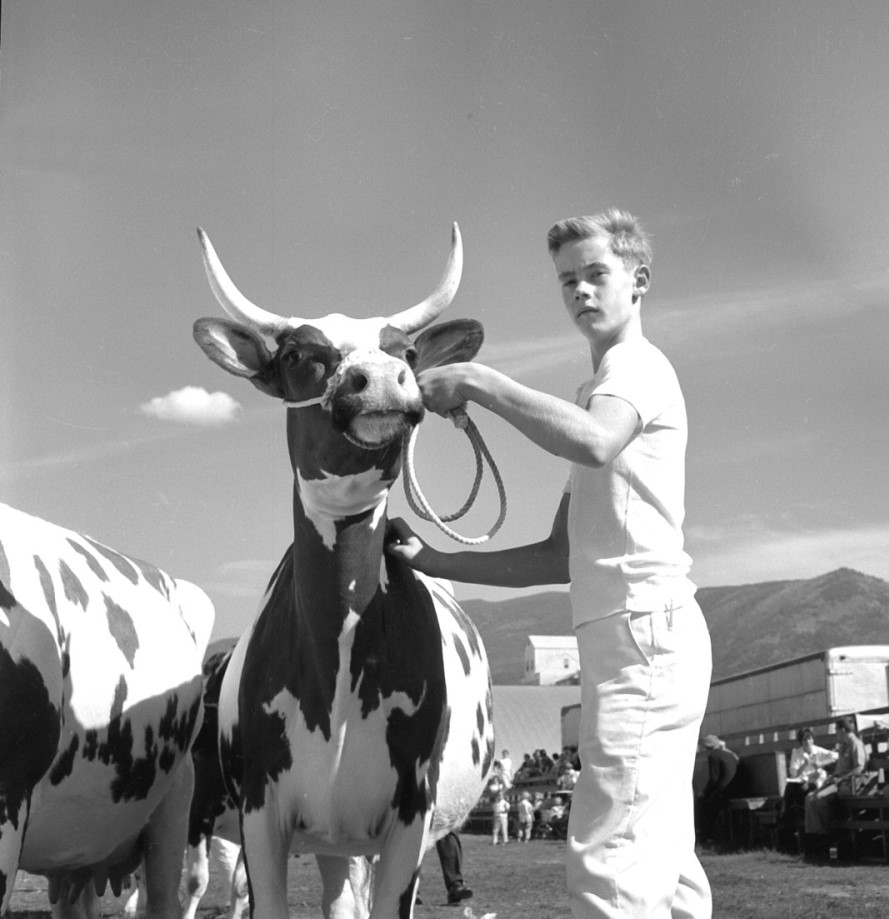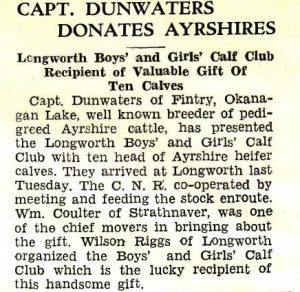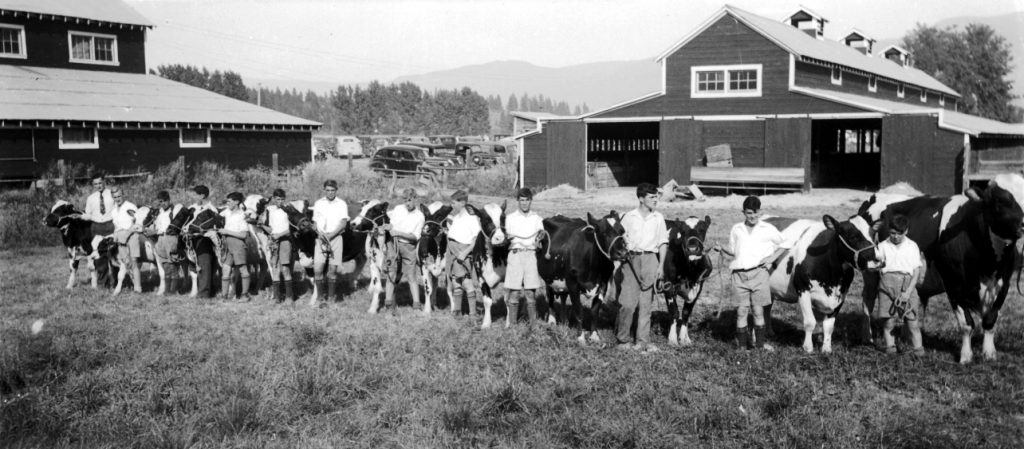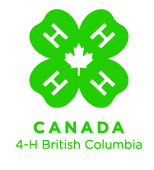Calf Clubs
Throughout British Columbia, Junior Farmers Clubs began to form. These young men and women raised livestock and food crops and competed in agricultural competitions. On May 13th, 1922 at a meeting of the Armstrong and Spallumcheen Agricultural Society, Captain Dun‑Waters proposed the start of a Beef Calf Club and judging competition at the Armstrong Fair.
His proposed criteria:
“The children should be ages 6 to 17 and the calves not over eighteen months at the time of the Fair.
The calves should be purchased cheaply on a [promissory] note for the children to tend and then sold at cost to pay off the note either during or after the Fair. Thus the child would experience his or her first deal in the livestock business.”
When Dun‑Waters expanded the Fintry operations in 1924 to include Ayrshire dairy cattle, he promoted and helped to organize the Ayrshire calf competition to interest these junior farmers in the breed. Each year Dun-Waters donated an Ayrshire calf to the Junior Farmers Club, with the winner selected at the Armstrong Fair. By the 1930s, he increased his support to gift Ayrshire calves to Junior Farmers and Boys & Girls Clubs across the province.
Junior Farmers Clubs encouraged and taught young members both the care and judging of livestock. As well as beef and dairy cattle, Junior Farmers raised and showed swine, poultry and, by 1939, lambs. In the Okanagan, children and their animals competed first at the Armstrong Fair. Winners went on to the Vancouver Fair and from there to Toronto’s Royal Winter Fair.
“The object (of these competitions) is to train the heads and hands of the boys and girls; to give them broad and big hearts; to improve their health by giving them an interest in outdoor life; and to encourage on the part of all British Columbia citizens, a stronger and more intelligent interest in agriculture.” Armstrong Junior Farmer’s Club
The following notice in the May 1938 Interior Dairy Guide is just one of many testaments of Captain Dun-Waters support of these young farmers.
In 1952, the Junior Farmers and Boys & Girls Clubs were renamed 4-H Clubs. The four Hs – head, heart, hands and health – are represented in the logo with clubs still very active today. The 4-H goal changed from the best calf or crop competition to the most well-rounded individuals, to encourage and build leadership and life skills in youth.


